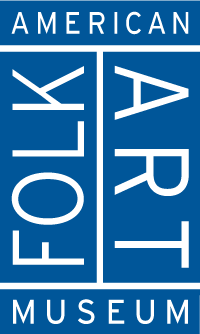Mary K. Borkowski
(1916–2008)
BornSulphur Lick Springs, Ohio, United States
ActiveDayton, Ohio, United States
DiedDayton, Ohio, United States
BiographyMary K. Borkowski made traditional quilts before developing her “thread painting” technique that involved layering material in intricate fiber-art compositions. These works regularly portrayed the trauma and challenges in her personal life or those she witnessed in others, from a neighbor’s struggles with drugs and alcohol to her own survival of domestic abuse. As she explained, “These pictures are not embroidery, but more like low relief sculpture, and require hundreds of hours to create.”Born in 1916 in Sulphur Lick Springs, Ohio, Borkowski spent most of her life in Dayton. Her mother taught her to sew, and she initially used her skills to make clothes for her dolls. She started quilting in the 1930s before turning her hand to needlework, appliqué, and crochet. In the 1960s, these techniques were merged into her distinctive art form, in which she often used silk thread on backings of velvet, muslin, canvas, and other materials for lush, tactile scenes filled with uncanny imagery that offered parables on modern life and its frequent injustices. A pair of disembodied hands clings to a ledge while silhouettes of onlookers refuse to help in Indifference (1967), and a nude snake-headed man whips a figure with the face of a dog in The Whip (1969).
Borkowski received attention for her thread paintings from collectors and museums by the 1970s, and her work was included in the 1973 exhibition Six Naives: Ashby, Borkowski, Fasanella, Nathaniel, Palladino, Tolson at the Akron Art Museum. By the time of her death in 2008, she had created hundreds of thread paintings, quilts, acrylic paintings, and collages. As she reportedly said of her prolific output, “The world is on fire, and I have something to say about it.”
Allison C. Meier, 2025
Text written as part of “Rethinking Biography,” an initiative supported by the Institute of Museum and Library Services (IMLS).


